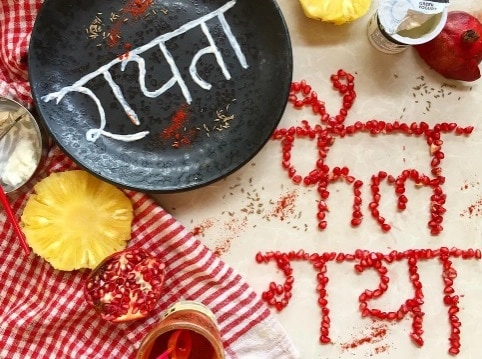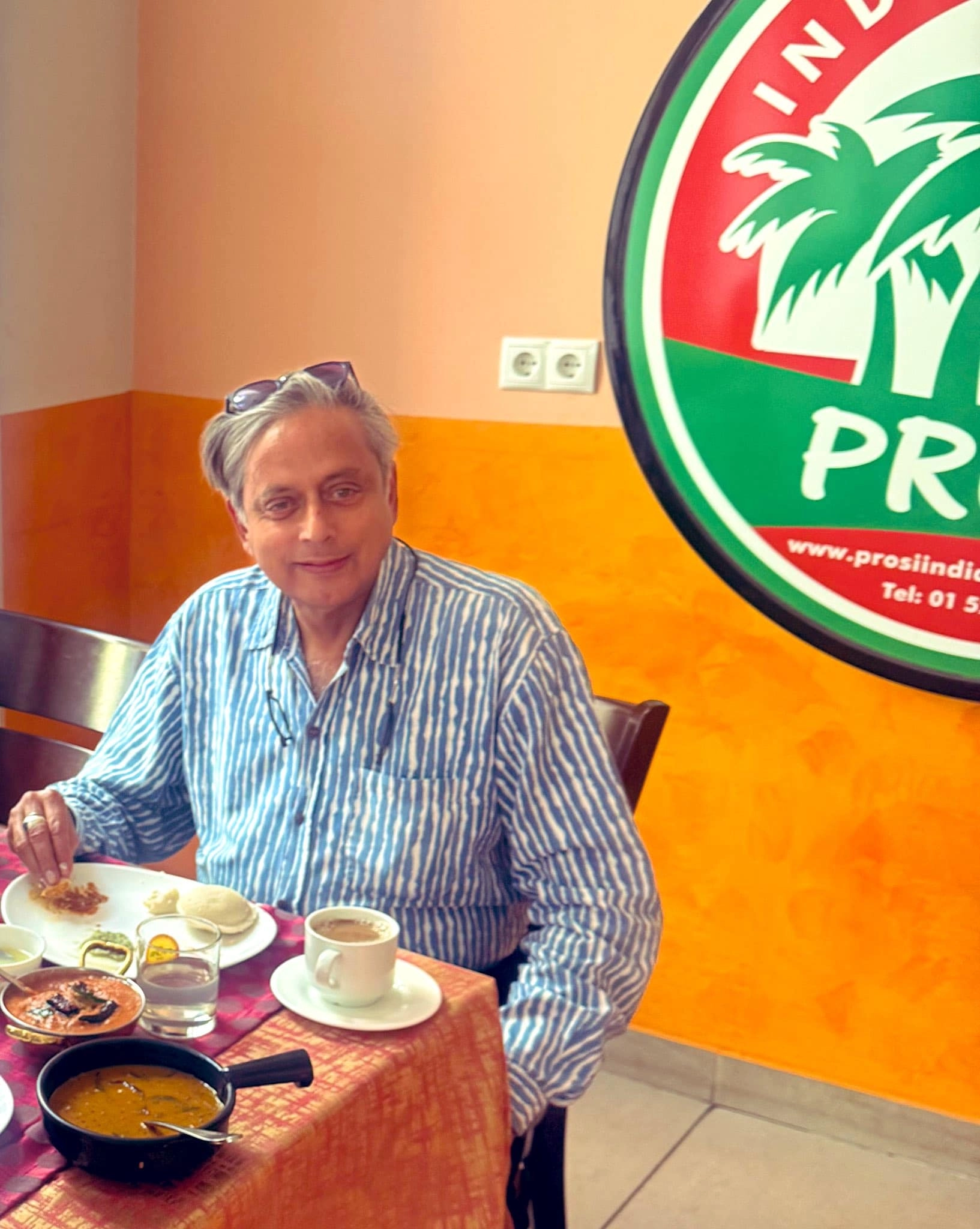Idioms are an integral part of any language, serving as vivid expressions that convey deeper meanings and cultural nuances. In Hindi, idioms often reflect the experiences and wisdom of generations, making them a cherished aspect of the language. Many of us grew up hearing phrases like “Raita Phail Gaya,” which translates to “the spread of a mess,” often used to describe a situation that has escalated out of control. This phrase is not just a literal description but also a metaphor for chaos in various aspects of life, whether it’s a personal dilemma or a social issue. It captures the essence of how quickly situations can spiral beyond our grasp, resonating with anyone who has witnessed or experienced such an event.
Another commonly heard idiom is “Dal Mein Kuch Kaala,” meaning “there’s something suspicious in the lentils.” This phrase is often used to express doubt or skepticism about a situation, suggesting that not everything is as it seems. It reflects the innate ability of people to sense when something is amiss, encouraging a cautious approach to various circumstances. The imagery of lentils, a staple food in Indian cuisine, makes this idiom relatable and memorable, allowing it to stick with audiences across different generations.
These idioms, along with many others, serve as a linguistic bridge that connects us to our cultural roots. Each expression carries a story, a lesson, or a warning, often rooted in everyday experiences. For instance, phrases like “Aam ke aam, guthliyon ke daam,” which means “the mangoes are free, but the seeds come with a price,” indicate that while some things may appear desirable or advantageous, there could be hidden costs involved. Such idioms not only enrich conversations but also prompt listeners to reflect on their meanings and implications.
In a world that is increasingly digital and fast-paced, these idioms remain timeless references that evoke nostalgia and familiarity. They remind us of the collective wisdom passed down through generations and serve as a reminder of the values and lessons that shape our lives. As we navigate through modern challenges, these phrases continue to offer insights, guiding us through the complexities of human behavior and societal interactions. Embracing these idioms allows us to keep our cultural heritage alive, ensuring that future generations appreciate the richness of the Hindi language and the stories behind its expressions.




